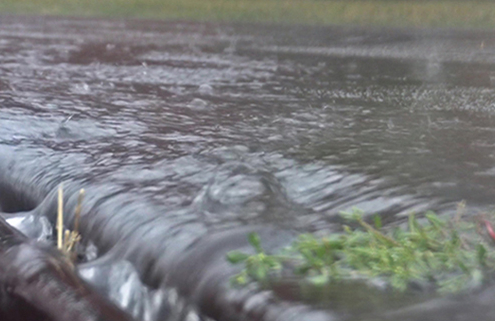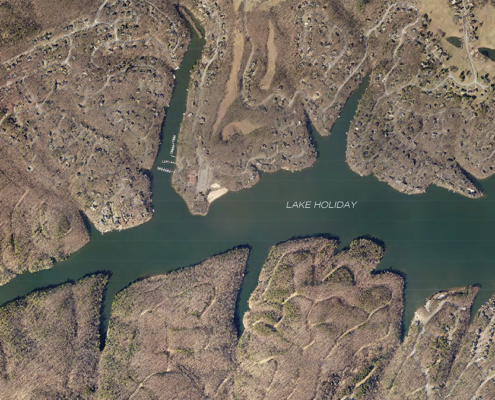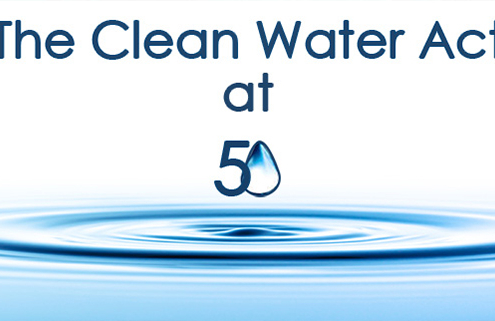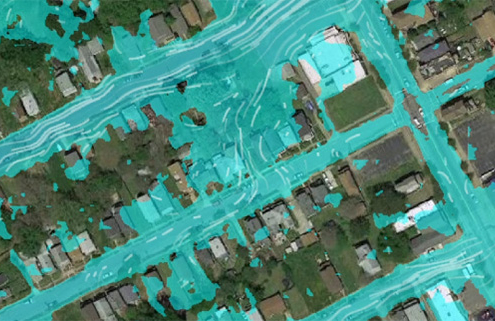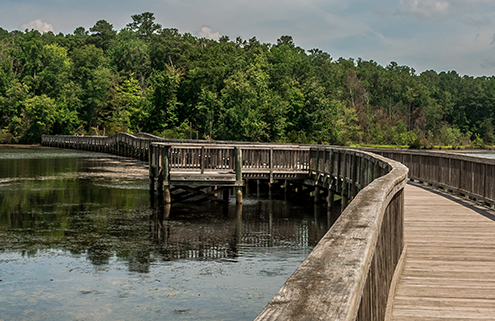By: Jon D’Alessandro
Environmental Site Design (ESD) incorporates non-structural and natural approaches to new development and redevelopment projects to reduce impacts on watersheds by conserving natural areas, reducing impervious cover, and better integrating stormwater treatment into the landscape. The aim or goal of ESD is to reduce the environmental impact of a site, while also retaining a developer’s purpose of the site. Many ESD concepts employ small scale stormwater management practices, non-structural techniques, and better site planning to mimic natural hydrologic runoff characteristics and minimize the impact of land development on water resources. Each ESD practice incrementally reduces the volume of stormwater on its way to a stream, and thus reduces the amount of conventional stormwater infrastructure required. Employing ESD is the first step in applying a “runoff reduction” methodology to a development or redevelopment site. Some examples of ESD include:
- Optimizing conservation of natural features (drainage patters, soil, vegetation etc.)
- Minimizing impervious surfaces (pavement, concrete channels, rooftops, etc.)
- Slowing down runoff to maintain discharge timing and to increase infiltration and evapotranspiration on the development site.
- Using other non-structural practices or innovative technologies
Although ESD techniques and practices overlap and compliment Low Impact Development (LID), it is important to note that they are not the same thing. The goal of LID is to manage the process by which each site responds to hydrologic and hydraulic impacts of development through the use of a specific array of practices, whereas ESD is implemented to mitigate and minimize any hydrologic and hydraulic impacts of a land development site.
